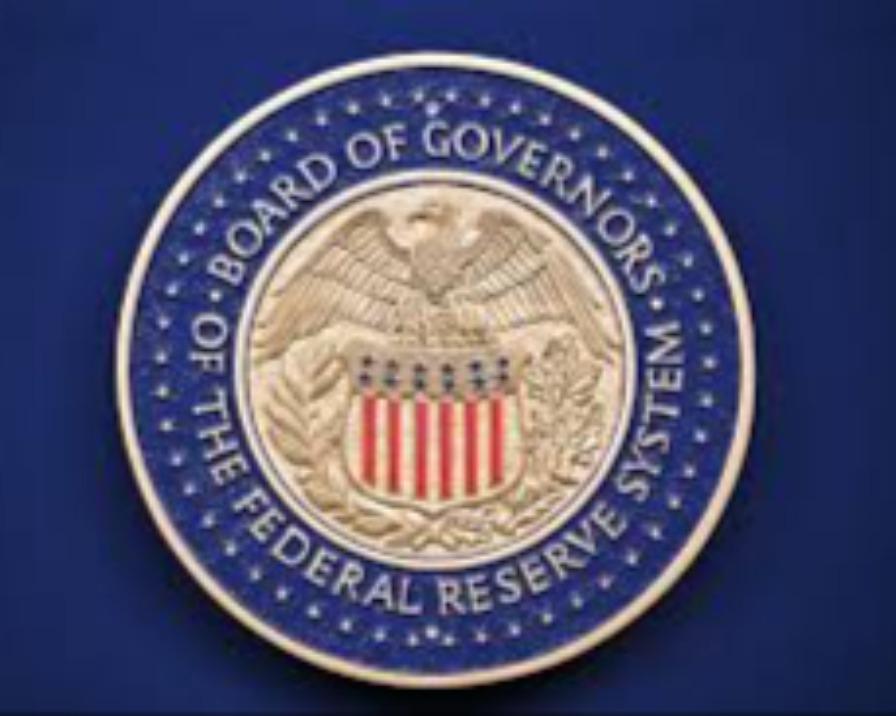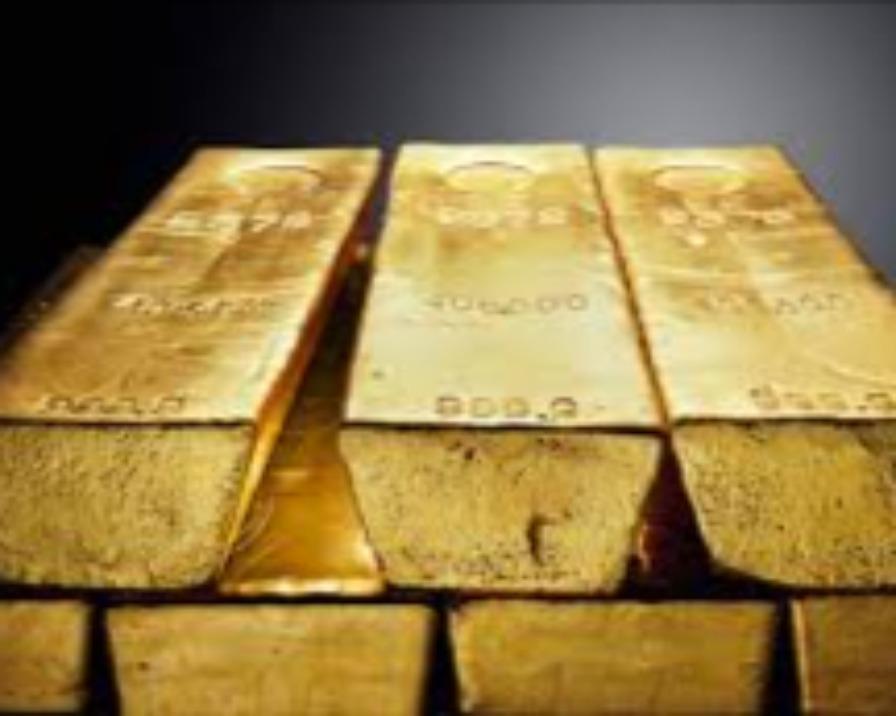Silver prices have reached an all-time high, crossing $52.89 per ounce in London. This surge is largely due to a sudden squeeze in the availability of silver in the London market, which has set off a chain reaction across global trading hubs. The last time silver reached such a level was back in January 1980, under very different circumstances. But unlike then, today's rally is driven more by tight physical supply and a growing desire among investors to hold precious metals as a safe-haven.
The issue began with a noticeable lack of silver bars available in London. Traders have been scrambling to secure supply, even going so far as to book cargo space on transatlantic flights—usually reserved for gold shipments—to bring silver in from New York. This kind of shipping is expensive, highlighting just how urgent the situation has become. At one point, silver in London was priced $3 higher than in New York. Although this premium has narrowed to about $1.15 per ounce, it still signals strong demand and tight supply.
The cost of borrowing silver in London, known as the lease rate, has also surged dramatically. On a one-month basis, the lease rate jumped to over 30%, making it very costly for anyone who had bet against rising prices to maintain their positions. These high lease rates are pushing some traders out of the market, which in turn is making the supply even tighter.
Another factor pushing prices higher is increased demand from India, which has been importing more silver in recent weeks. This demand has further reduced the available stock in London, which had already been affected by earlier shipments to New York. That move was originally triggered by fears of potential U.S. tariffs on silver. Although silver was eventually exempted from those tariffs, uncertainty around future trade policy remains a concern.
Currently, the U.S. is conducting an investigation under Section 232 to determine whether silver and other critical minerals might be subject to future tariffs. This ongoing review has created unease in the market, as traders are wary of how regulations could change. The fear of new duties, combined with supply shortages and high borrowing costs, is making the silver market unusually volatile.
Compared to gold, the silver market is much smaller—about one-ninth its size. This makes any change in supply or demand more impactful. Even small shifts can cause large price movements, especially when investor activity is high. Unlike gold, silver does not have central banks stepping in to buy or stabilize the market, so it's more vulnerable to sudden changes.
In summary, the combination of supply shortages, rising transportation and borrowing costs, strong investment demand, and regulatory uncertainty has pushed silver to historic highs. While the situation is fluid, one thing is clear: the global silver market is under significant pressure, and all eyes are on how it will evolve in the coming weeks.



